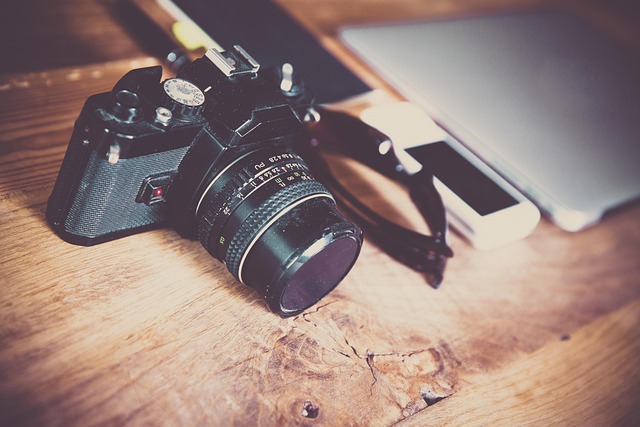Unlocking the Power of MILC Cameras: A Guide to Mastering Exposure
In the ever-evolving world of photography, MILC cameras — or Mirrorless Interchangeable Lens Cameras — have captured the hearts of both enthusiasts and professionals alike. Their compact design, combined with cutting-edge technology, offers a unique advantage that traditional DSLRs struggle to match. But beyond the sleek body and the promise of superior image quality lies a crucial aspect that every photographer must master: exposure.
If you’ve recently picked up a MILC camera or are considering making the switch, understanding exposure isn’t just a technical necessity; it’s the key to unlocking the true potential of your device. Exposure is the magic formula that determines how light or dark your images turn out, shaping the mood, detail, and story your photographs convey.
Why Exposure Matters in MILC Cameras
One of the most compelling features of MILC cameras is their electronic viewfinder (EVF), which provides a live preview of your exposure settings. This means that as you adjust your aperture, shutter speed, or ISO, you get instant feedback. Unlike traditional optical viewfinders, this real-time information makes mastering exposure more intuitive and less trial-and-error.
However, this also challenges photographers to think more creatively and technically. Relying on the EVF, you can experiment with settings that might have seemed risky before, like shooting in low light or capturing motion with precision. Your MILC camera invites you to break free from the automatic mode and embrace manual controls to truly harness the interplay of light.
Key Exposure Elements to Master with Your MILC Camera
- Aperture: This controls the depth of field and the amount of light entering the lens. Wide apertures (small f-numbers) create beautiful background blur—perfect for portraits—while narrow apertures keep landscapes in sharp focus.
- Shutter Speed: How long your camera’s sensor is exposed to light influences motion capture. Fast shutter speeds freeze action, while slower speeds allow for creative motion blur.
- ISO: Adjusts the sensor’s sensitivity to light. Higher ISO can brighten a scene in low light but might introduce noise, so finding a balance is essential.
Tips for Using Your MILC Camera to Nail Exposure
1. Use the EVF Wisely: Don’t just rely on automatic exposure. Use the EVF to see how your changes affect the image in real time.
2. Experiment with Manual Mode: The MILC camera’s responsiveness encourages experimenting with manual exposure settings to create your desired artistic effect.
3. Leverage Auto ISO Smartly: Use Auto ISO in tricky lighting situations, but set limits manually to avoid excessive noise.
4. Focus on Histogram Readings: Many MILC cameras display histograms. Learning to read them helps you avoid blown highlights or underexposed shadows.
5. Practice Bracketing: Capture multiple shots at different exposures to ensure the best outcome or later blend in post-processing.
Embrace the Creative Freedom
The MILC camera offers more than just technological innovation; it represents a mindset shift in photography. It invites you to take control of exposure and to see each setting as a tool for storytelling. As you grow comfortable with your MILC camera’s exposure capabilities, you’ll find yourself capturing not just images, but moods, emotions, and moments that resonate.
Remember, mastering exposure with your MILC camera is a journey. It’s about feeling the light, understanding your camera’s behavior, and allowing your creativity to guide your choices. Step by step, frame by frame, you will unlock your camera’s full potential and elevate your photography to new heights.



